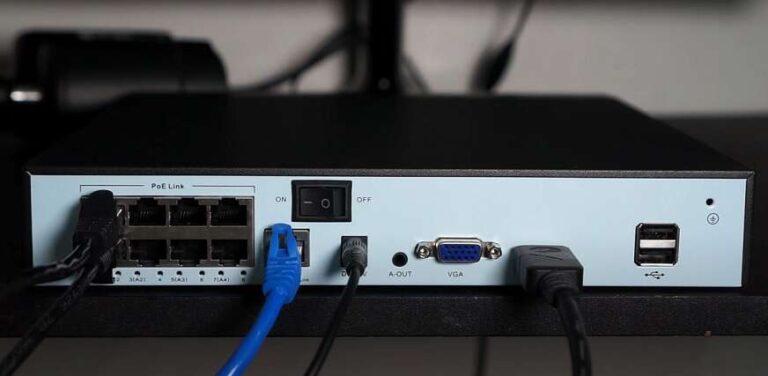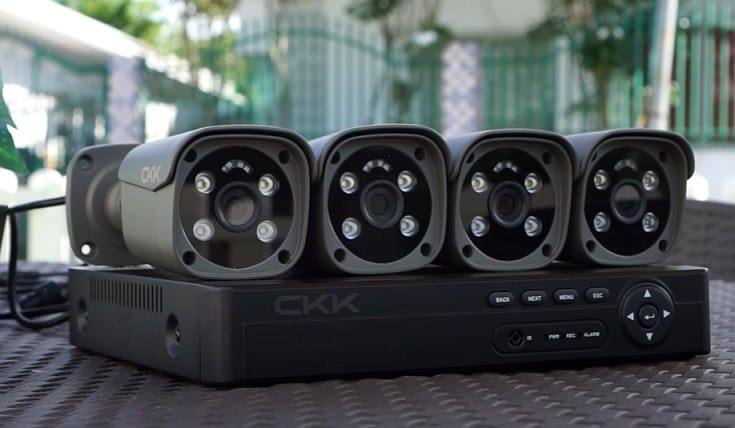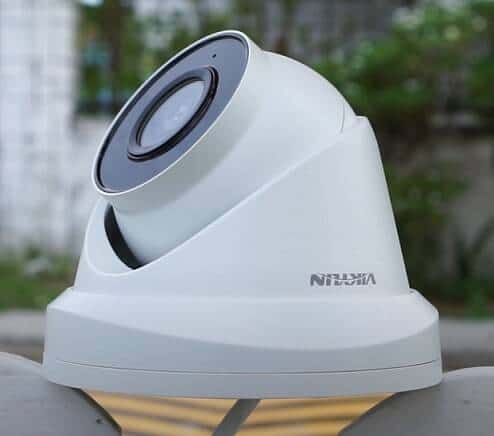Local Storage vs Cloud Storage in Security Cameras Explained
Ever since security cameras became a common feature in homes, businesses, and public spaces, the ongoing development in storage technology has transformed the way we monitor, record, and secure our environments.
From VHS tapes to digital video recorders (DVRs), and now the cloud – the evolution in storage solutions for security footage has been remarkable. Today, we delve into two primary storage options for modern surveillance systems: local storage and cloud storage.

Local Storage: A Tried-and-True Method
Local storage refers to the practice of storing video data directly within the premises, often on a hard drive, DVR, or Network Video Recorder (NVR). It’s a method that has its roots in the earliest forms of surveillance and still maintains a solid foothold in today’s surveillance ecosystem.
One of the most compelling reasons for using local storage is the complete control it gives over the data. You have immediate and direct access to your footage, ensuring confidentiality and eliminating third-party involvement. The aspect of control also extends to resilience against network issues. If your internet connection drops, a local storage system will keep recording, oblivious to the hiccups of online connectivity.
However, local storage is not without its challenges. Physical damage or theft can lead to irreversible loss of data. Plus, the maintenance and replacement costs associated with hardware failures can add up over time. Also, it requires more hands-on management and technical expertise compared to cloud storage.
Cloud Storage: The Future of Surveillance?
Cloud storage, on the other hand, stores video footage on remote servers that can be accessed from anywhere, anytime, given a steady internet connection. With the advent of cloud computing, this method of storage has risen in popularity.
A significant advantage of cloud storage is its scalability. As your storage needs grow, the cloud can accommodate this growth without requiring additional hardware. The offsite storage of footage also safeguards your data against physical threats like theft, fire, or flooding.
Moreover, cloud storage often incorporates advanced security measures, such as encryption and multi-factor authentication, further strengthening the security of your stored data. Regular updates from service providers ensure that your security system stays updated with the latest security protocols, relieving you from the burden of technical upkeep.
Nonetheless, cloud storage also has its share of drawbacks. Relying entirely on cloud storage means you’re at the mercy of your internet connection and the service provider’s uptime. Furthermore, recurring subscription fees can become costly in the long run, and the question of third-party access to your footage might pose privacy concerns for some users.

Wrapping Up: Choosing What Suits You Best
The choice between local and cloud storage in security cameras depends largely on your specific needs, budget, and comfort level with the technology.
If control, immediate access, and one-time investment are your top priorities, local storage might be the ideal solution. However, keep in mind the potential costs and time required to manage and maintain the system.
On the other hand, if you value scalability, offsite data protection, and want to minimize your involvement in technical maintenance, cloud storage could be a wise choice. But, it would help to remember the dependency on reliable internet and the potential costs of ongoing subscription fees.
In a perfect world, a combination of both local and cloud storage, known as hybrid storage, can offer the best of both worlds. With this setup, you can have local storage for immediate access and backup, and cloud storage for offsite copies and added security.






